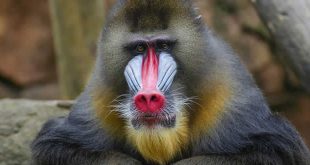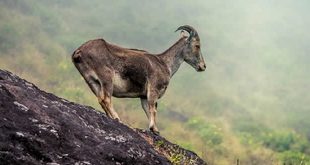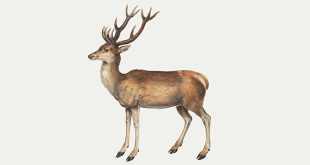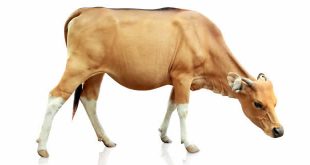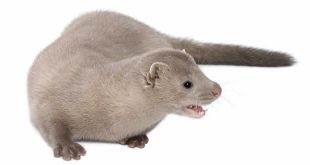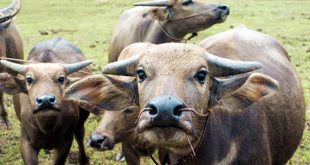 Pangolin — Pangolins or scaly anteaters are mammals in the order Pholidota. There is only one extant family (Manidae) and one genus (Manis) of pangolins, comprising eight species. There are also a number of extinct taxa. Pangolins have large scales on their skin and are found in tropical regions of Africa and Asia. The name “pangolin” derives from the Malay word pengguling (“something that rolls up”). Pangolins are nocturnal animals, using their well developed sense of smell to find insects. The long-tailed pangolin is also active by day. Pangolins spend most of the daytime sleeping, curled up into a ball.
Pangolin — Pangolins or scaly anteaters are mammals in the order Pholidota. There is only one extant family (Manidae) and one genus (Manis) of pangolins, comprising eight species. There are also a number of extinct taxa. Pangolins have large scales on their skin and are found in tropical regions of Africa and Asia. The name “pangolin” derives from the Malay word pengguling (“something that rolls up”). Pangolins are nocturnal animals, using their well developed sense of smell to find insects. The long-tailed pangolin is also active by day. Pangolins spend most of the daytime sleeping, curled up into a ball.
Pangolins were classified with various other orders, for example Xenarthra, which includes the ordinary anteaters, sloths, and the similar-looking armadillos. But newer genetic evidence, indicates that their closest living relatives are the Carnivora, with which they form a clade, the Ferae. Some paleontologists have classified the pangolins in the order Cimolesta, together with several extinct groups.
The physical appearance of pangolins is marked by large, hardened, plate-like scales. The scales, which are soft on newborn pangolins but harden as the animal matures, are made of keratin, the same material of which human fingernails and tetrapod claws are made. The pangolin is often compared to a walking pine cone or globe artichoke. It can curl up into a ball when threatened, with its overlapping scales acting as armour and its face tucked under its tail. The scales are razor-sharp, and provide extra defense for this reason. The front claws are so long that they are unsuited for walking, and so the animal walks with its fore paws curled over to protect them. Pangolins can also emit a noxious smelling acid from glands near the anus, similar to the spray of a skunk. Pangolins have short legs, with sharp claws which they use for burrowing into termite and ant mounds, as well as climbing.
Pangolins lack teeth and the ability to chew. Instead, they tear open anthills or termite mounds with their powerful front claws and probe deep into them with their very long tongues. Pangolins have an enormous salivary gland in their chests to lubricate the tongue with sticky, ant-catching saliva.
Some species, such as the Tree Pangolin, use their strong tails to hang from tree branches and strip away bark from the trunk, exposing insect nests inside.
 Kids Portal For Parents India Kids Network
Kids Portal For Parents India Kids Network
